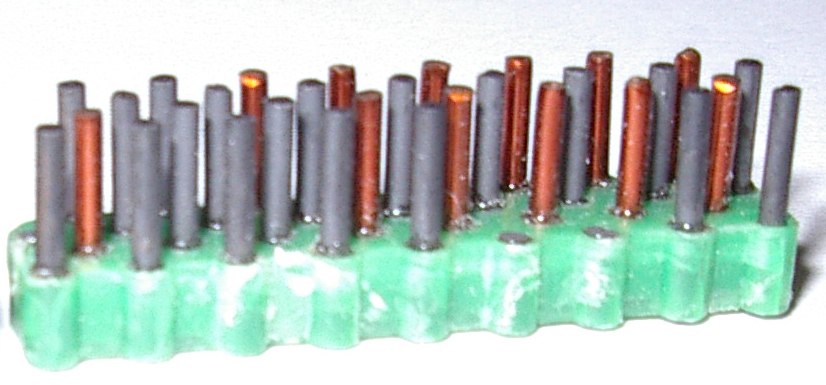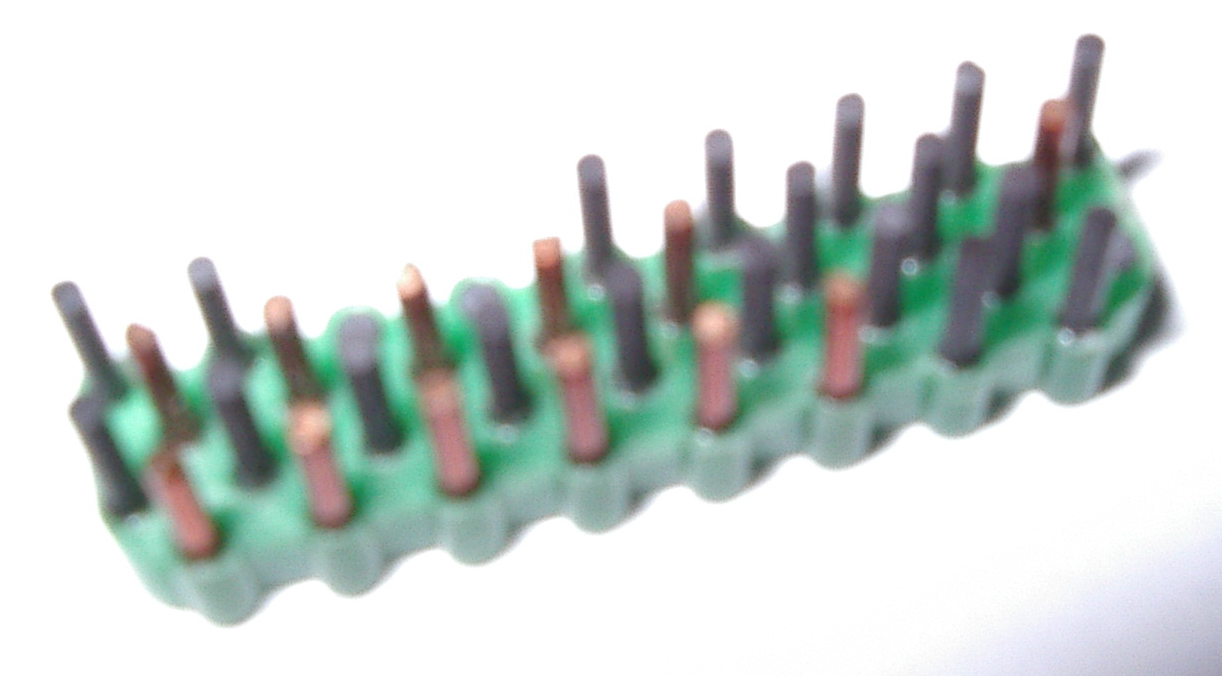

The Atlas basic instruction set was quite rich. On top of this basic set was a set of extracodes. They were distinguished from the basic instructions by having a 1 in the first position of the function code rather than a zero. This initiated an automatic entry to one of many built-in subroutines, the choice being determined by the remaining three octal digits of the function number. As their name implied, the extracodes extended the basic order-code, providing additional complicated operations which on earlier machines had been obtained by the use of library subroutines. Functions like sine and square root on Atlas were extracodes.

On Atlas the Supervisor occupied most of a special store called the fixed store which was a read only store in multiples of 4096 words where binary ones and zeros were represented by ferrite and copper slugs in a wire mesh. As well as the Supervisor, the fixed store also held the extra-codes. Figure 1 shows a fixed store typical module often called a brush. Figure 2 shows the relative size versus a UK pound coin.

Each brush consisted of 17 columns of two bits which were all bits from different Atlas words. An Atlas word consisted of 1 bit from 48 brushes. In consequence, making changes to the Fixed Store was done lightly as almost certainly any change would result in many brushes having to be be re-engineered.
